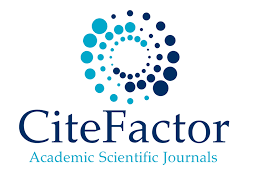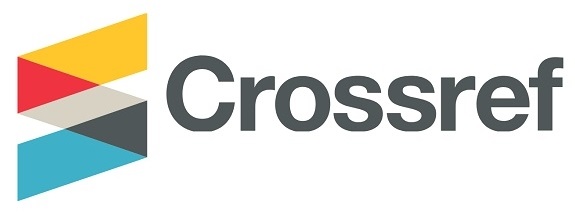EVALUASI SALURAN DRAINASE MENGGUNAKAN APLIKASI EPA SWMM 5.2 DI KELURAHAN KEFA SELATAN KOTA KEFAMENANU
DOI:
https://doi.org/10.62603/konteks.v2i5.194Keywords:
Kefa Selatan District, EPA SWMM 5.2, flood, rainfall, drainage channels, runoffAbstract
The development of development in an area causes empty land to absorb water naturally, which decreases because the surface of the land is covered by asphalt and residential areas, coupled with poor drainage system conditions, this will increase excess runoff water which is not wasted. The drainage conditions in Kefamenanu City, North Central Timor Regency, especially in Kefa Selatan Village, are not yet well systemized. This is because some of the existing channels are filled with sedimentation and overgrown with grass, thereby inhibiting water runoff which results in flooding in several channels. Drainage channel evaluation was carried out to determine the runoff discharge and determine whether the drainage channel in South Kefa Village is still capable of carrying runoff water. Evaluation of this drainage channel using SWMM 5.2 software with rainfall designed with a return period of 10 years using the Log Pearson Type III method of 62,28 mm and peak hour intensity of 34,32 mm/hour using the Mononobe method and 30,672 mm/hour using Alternating Block Method method. The peak runoff discharge from the simulation results is 0,028 – 0,736 m3/second. Based on the simulation of 21 channels, 11 channels overflowed during maximum runoff so repairs were needed. The influencing factor is the small channel capacity. Repairs were carried out on 11 channels, namely channels C2, C.1, C.6, C.7, C.9, C.10, C.11, Gg.2, Gg.3, Gg.4 and Gg.5.















